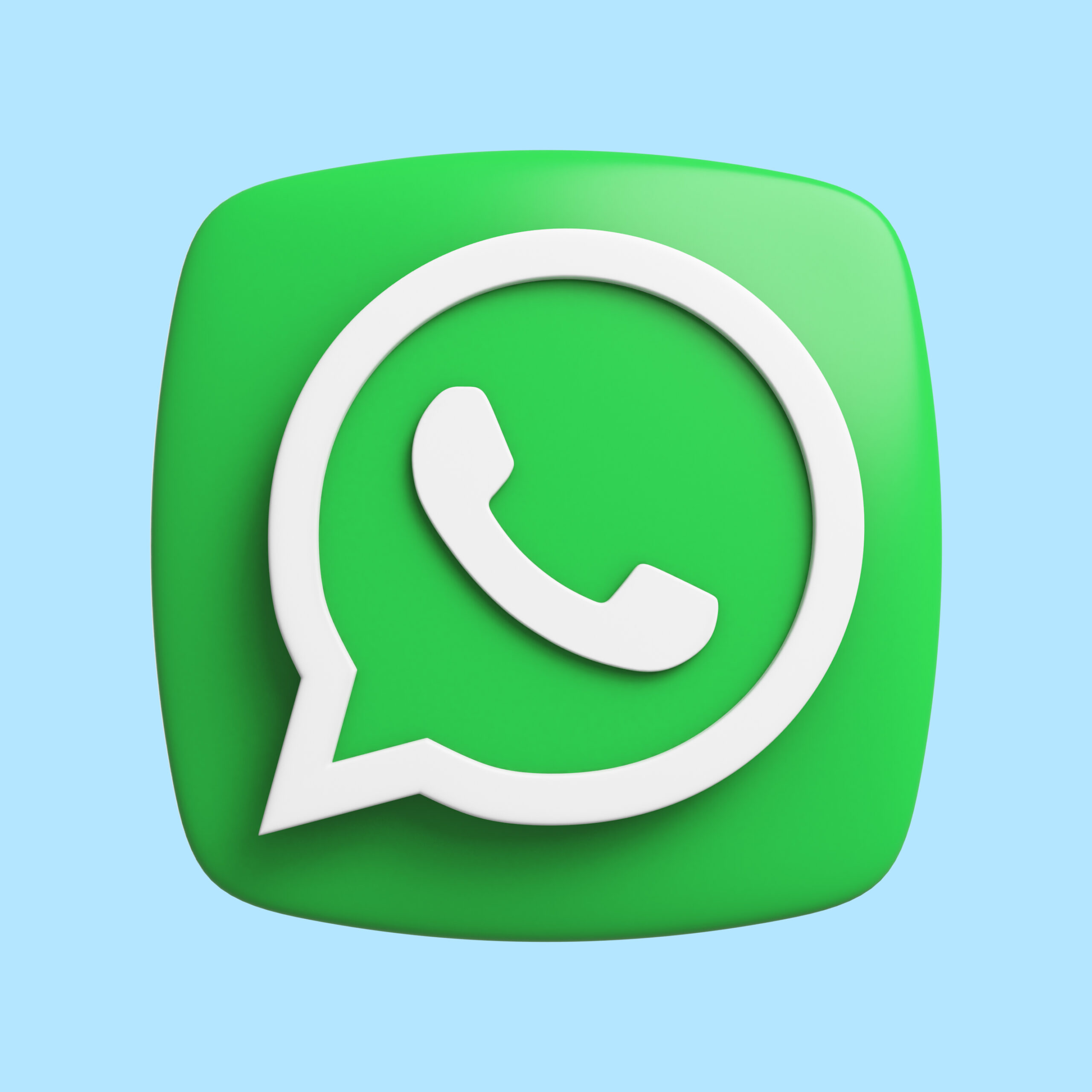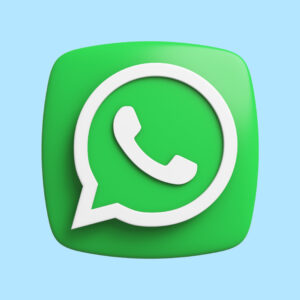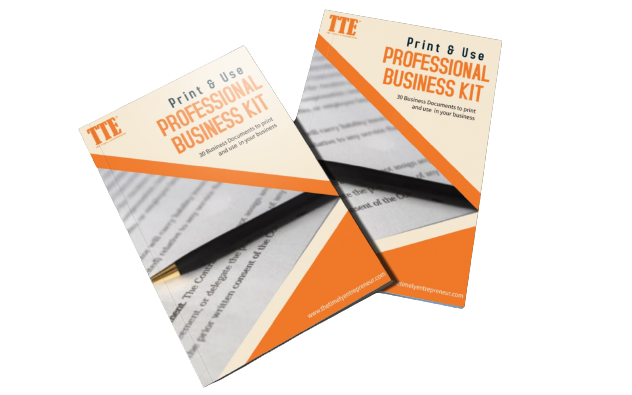
The Timely Entrepreneur’s Guide: How to Negotiate Like a Pro
A playbook for closing deals, retaining clients, and maximizing value—Caribbean edition.
Table of Contents
The Psychology of Negotiation
Pre-Negotiation Prep
6 Proven Caribbean-Tested Tactics
Handling Objections
Closing with Confidence
Practice Scenarios
The Psychology of Negotiation
Key Mindsets:
Win-Win or Walk Away: Never force a deal that erodes trust.
Anchor First: The first number on the table sets the tone.
Silence is Power: Pauses pressure the other party to fill the gap.
Caribbean Context:
Relationship-first: “Lime and talk” builds rapport before numbers.
Flexibility: Be ready for “Island time” delays in decisions.
Pre-Negotiation Prep
Checklist:
Know Your BATNA (Best Alternative to a Negotiated Agreement): What’s our Plan B if this fails?
Research Their Pain Points: Are they pressured by quarterly targets? Competitor threats?
Define Walk-Away Terms: Minimum acceptable price/terms.
6 Proven Caribbean-Tested Tactics
Tactic 1: The “Trini Aunty” Approach
Start with warmth, then get strategic.
Script:
We’re excited to help—let’s find a way that works for both sides. What’s your ideal outcome?
Tactic 2: Trade, Don’t Discount
Swap concessions instead of lowering prices.
Example:
“If you commit to a 12-month contract, we’ll include a free resilience audit.”
Tactic 3: The “Colmado” Principle
Bundle small wins.
Script:
“For [X] price, you’ll get [Y] AND [Z]—like buying a ‘pack’ at the corner shop!”
Tactic 4: Leverage Local Pride
Appeal to community impact.
Script:
“Partnering with us means supporting Caribbean-owned research and innovation.”
Tactic 5: The “Carnival Deadline”
Create urgency without pressure.
Script:
“”This offer stands until Friday—just like Carnival, it’s a limited-time experience!”
Tactic 6: The “Steelpan Pause”
“Let silence work for you.”
After presenting terms, wait 5+ seconds.
Handling Objections
Objection | Response
| “It’s too expensive.” | “What budget were you hoping for? Let’s tailor a package.” |
| “We need to think.” | “Of course! What specific concerns should I address now?” |
| “Your competitor offers X.” | “Interesting! How do they handle [unique value you provide]?” |
Pro Tip: Reframe with “I understand… however…” (e.g., “I understand cost is key—however, our ROI is 3X industry average.”).
Closing with Confidence
Signals They’re Ready:
– Asking about implementation.
– Nodding/saying “That makes sense.”
Scripts:
– Assumptive Close: “Should we start onboarding on Monday or Wednesday?”
– Sharp Angle Close: “If I include [bonus], can we sign today?”
Never: “So… do you want it?”
Practice Scenarios
Role-Play 1: The Hesitant Client
– You: Pitch a 6-month BCP consulting package ($5K).
– Client: “We only have $3K.”
– Goal: Trade concessions (e.g., reduce scope but lock in a contract).
Role-Play 2: The Comparison Shopper
– Client: “Company X charges less.”
– You: Highlight unique differentiators (e.g., “Our products are Trinidad-tested—here’s a case study.”).
“In the Caribbean, we don’t just negotiate deals—we build partnerships. Go get ‘em!”
— The Timely Entrepreneur Sales Team







